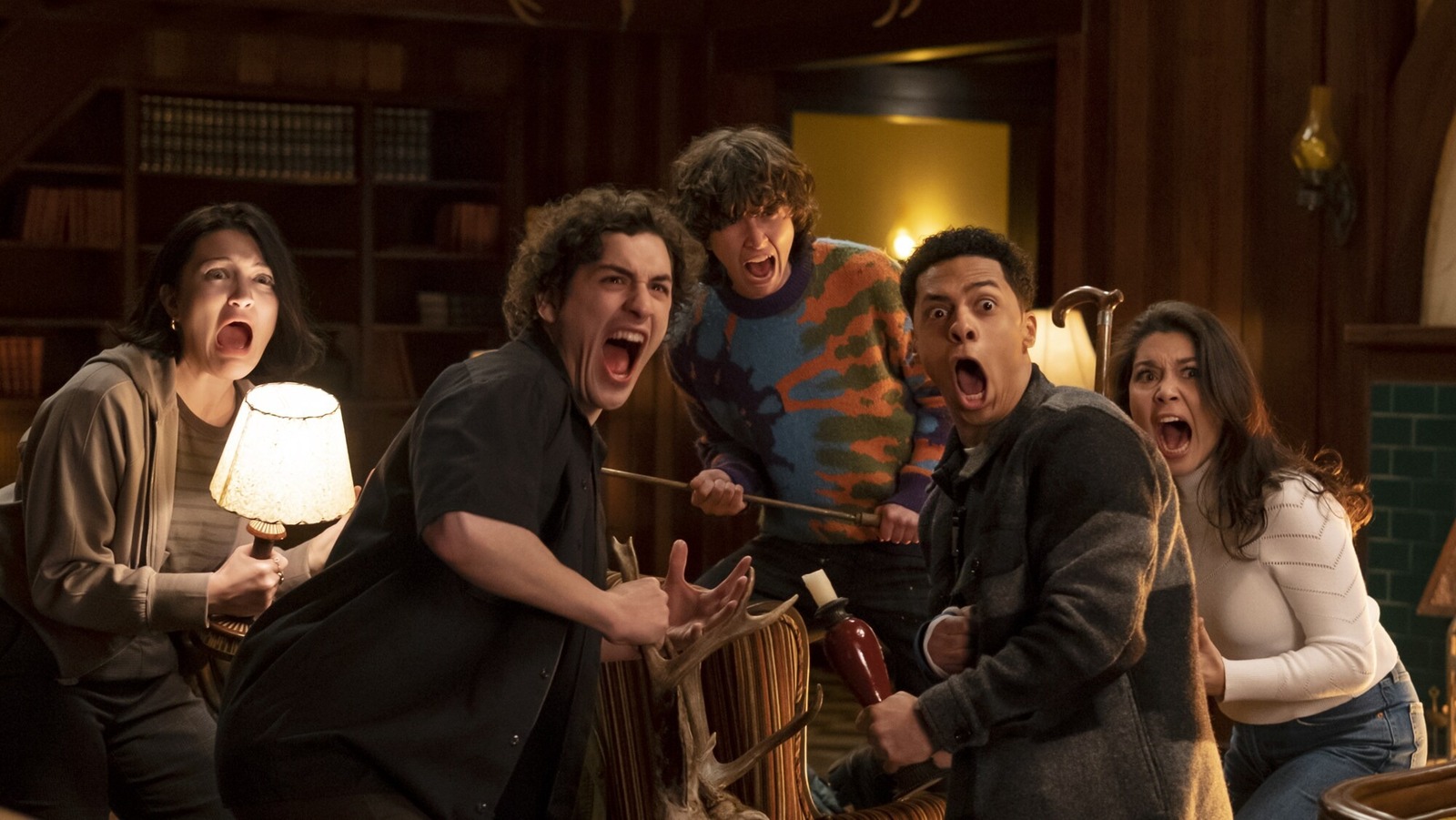
“Goosebumps” is centered on the tragic story of Harold Biddle, a teenager who died in the 1990s, seemingly at the hands of his classmates. Those classmates are now adults with teenagers of their own, and Biddle has returned with a vengeance to enact his revenge against the progeny of those who caused his untimely demise. If this sounds a lot like a cross between “A Nightmare on Elm Street,” and “I Know What You Did Last Summer,” you’re right.
Rather than pull from the totally radical ’90s-isms to appease adult viewers hoping to get their nostalgic “Goosebumps” fix, the series instead evokes a very Kevin Williamson approach to the horror. What I mean by that, is that the story is as much of a mystery as it is a tale of terror. Not only are there moments of unbridled scares, but there’s an overarching feeling of suspense that keeps even the most lighthearted moments weighted with seriousness.
There’s plenty of humor rooted in visual gags and the absurdity of a “Goosebumps” story, but for the most part, the humor feels extremely Gen Z. Meaning, it’s self-deprecating, it’s deflective, it’s sardonic, often absurd, and it’s extremely observational. The teens of “Goosebumps” use humor as a shield, and the writers room deserves the utmost praise for writing characters that authentically talk like today’s teens, and don’t sound what a thirtysomething thinks teens sound like.
This allows “Goosebumps” to appeal to the generation who grew up reading the books and watching the original TV series without feeling like cheap nostalgia, while simultaneously introducing the franchise to a new generation with different sensibilities and feelings on humor. As we continue wading through our IP-obsessed media landscape, “Goosebumps” sets the bar on how to make a return to a legacy property feel fresh and entertaining without alienating new viewers in service of those who grew up loving it.
